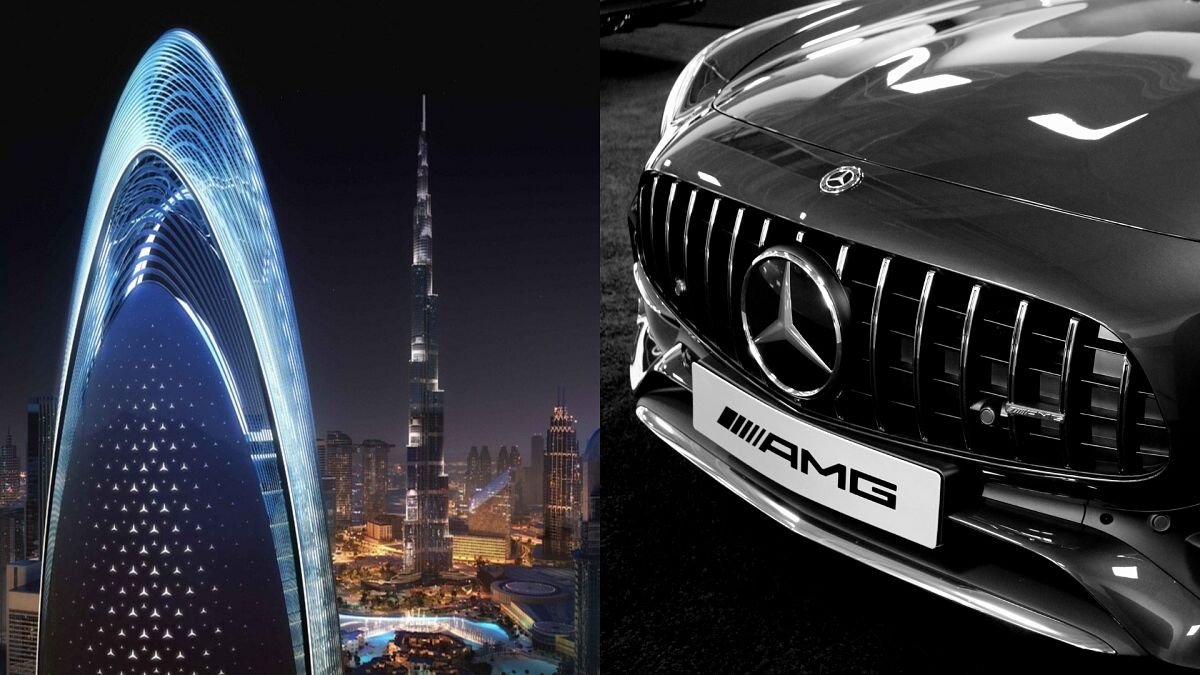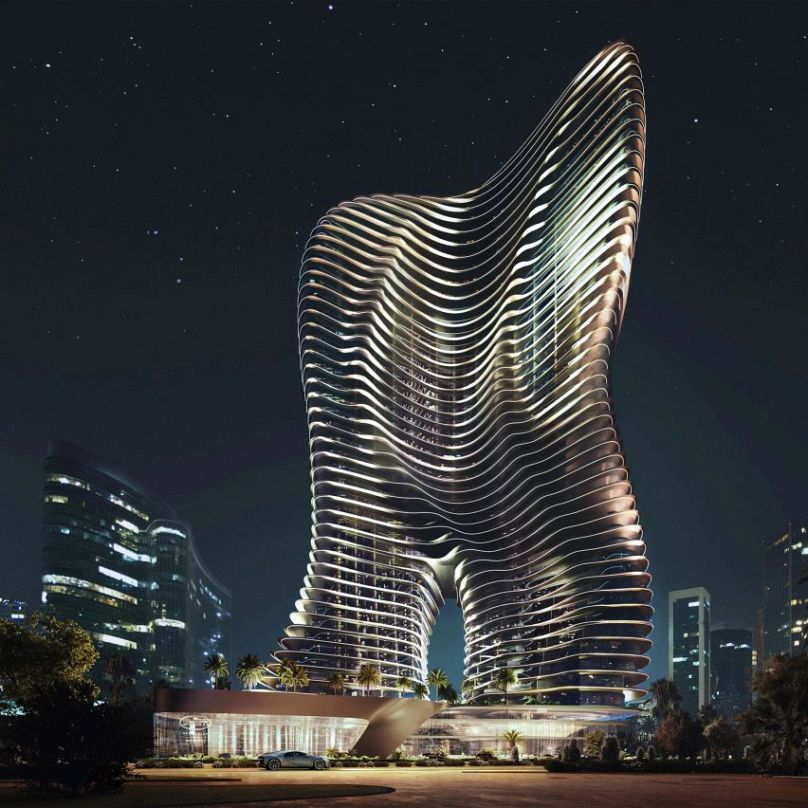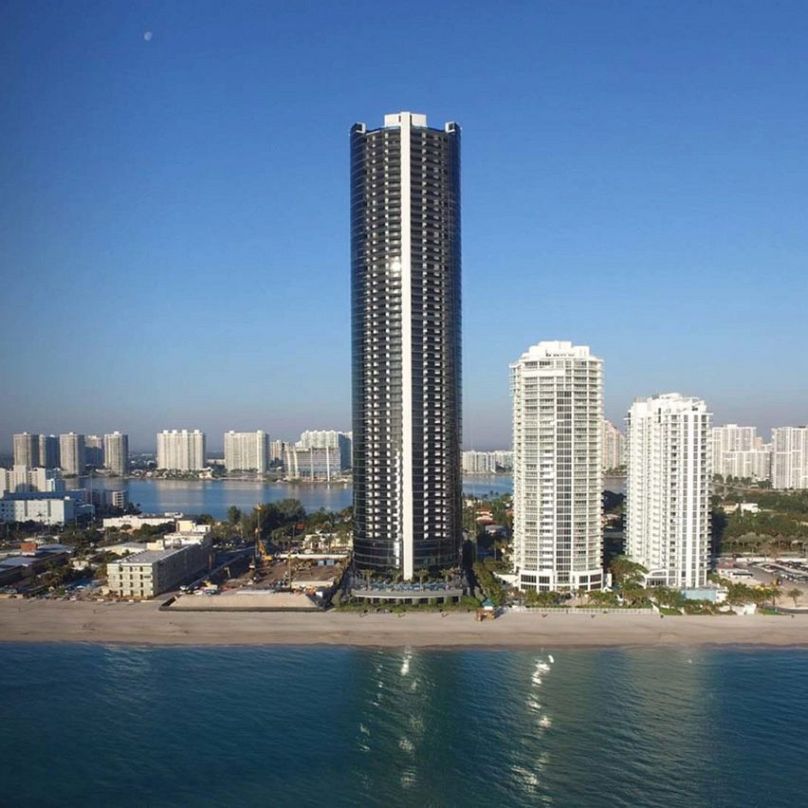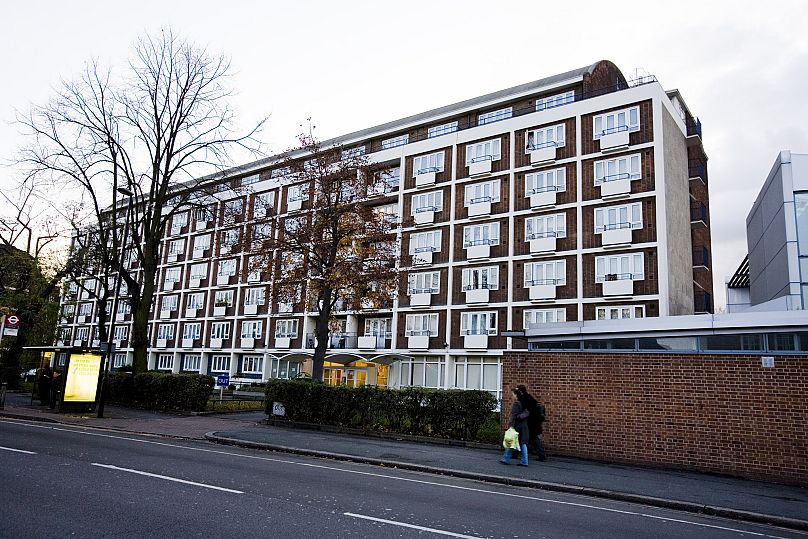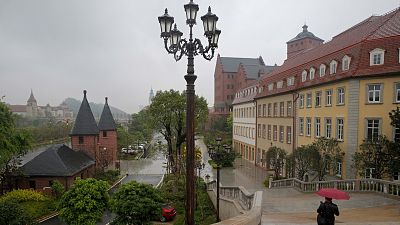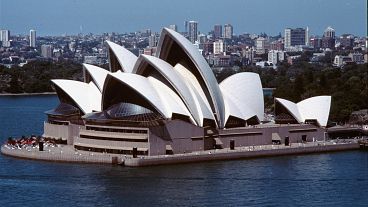As car makers jump on a new trend to create luxury skyscraper apartment buildings, we look at the history of building societies.
If you stepped inside a Mercedes-Benz building, what would you expect? Perhaps there might be seatbelts in the lift, the buttons of which look more like a dashboard radio. Would all the furnishings come with airbags? Maybe the door would lock via a remote control?
That last one sounds like a really good idea actually. Besides my suggestions, a car-branded building could soon be a reality. German car manufacturers Mercedes-Benz have teamed up with a property development company to launch plans for a supertall skyscraper in Dubai.
I mean, of course it’s a super tall skyscraper in Dubai. Still, what makes this 65-floor building interesting is that it’s the car maker’s first foray into building a residential property. Car brands have long had buildings used for headquarters, offices and factories. A residential project is a marked spin-off from Mercedes’ primary concern of… well, cars.
Car manufacturers have always branched out beyond just the vehicles they sell. From the race team that original owner Enzo Ferrari claimed was the only purpose of selling cars commercially to the various Porsche clothing and aftershaves sold to increase brand identity, the business of selling cars is never just about selling cars.
It’s ultimately about brand recognition, says Mercedes-Benz AG management board member Britta Seeger with comments about “outstanding brand moments”.
“Our aim with our first branded real estate residential tower is to create new, desirable grounds that inherit our brand's DNA and give our customers a place to arrive, unwind and come home to,” she continues.
The Dubai building will be placed a stone’s throw from world tallest-building the Burj Khalifa. The flashy plans include multiple glowing three-pointed star brand logos. Set to be completed in 2026, it will house 225 apartments alongside restaurants, a gym, and exhibition spaces.
If this swerve into residential buildings seems an unexpected turn, Mercedes-Benz are far from the only car company doing it.
Binghatti themselves have also partnered with supercar manufacturer Bugatti to create a 42-floor skyscraper in Dubai. Spare a thought for the in-house copywriter using spell check while working on “Bugatti-Binghatti” branding.
That’s not all though. In the United States, there are developments in the works for residential buildings by Porsche, Bentley, and Aston Martin.
There’s something all quite sinister about this, isn’t there? As life is increasingly commodified, even our residences are being sucked into the realm of brand partnerships and content-recognisability algorithms.
It’s no surprise that all of these projects are flashy skyscrapers that promise to be multi-purpose luxury residential experiences for the mega-rich.
The concept of brands getting involved in residence building isn’t new. In fact, there’s a centuries-old precedent for it.
Since the 18th century, building societies have formed to create large developments of residential properties to house local communities. During the early decades of the 20th century, and particularly following the Blitz’s destruction of London, building societies were essential in creating the massive suburban sprawl of the UK’s capital.
If you walk around London, you’ll often see charity names adorning the tops of large multi-home residential buildings built during this era. Sometimes these charities were wings of larger companies, for example Guinness.
The Irish beer company’s trust was responsible for creating a huge number of homes across London between the 1920s and 1950s. Estates were built in areas like Stamford Hill and Brixton. The vast majority of these were created to house working class families and improve their living conditions by adding electricity and separate bathrooms – luxurious additions in the 20s.
This may seem a long and awkward digression from the original starting point of the article, namely Mercedes-Benz’ flashy new Dubai skyscraper.
But the larger point is that companies branching out into residential property is no new concept – however, the way car companies approach it is with a degree of 21st century cynicism that is somewhat refreshing. Or is that just the stale smell of the pine tree air-freshener hanging from the rear view mirror?
